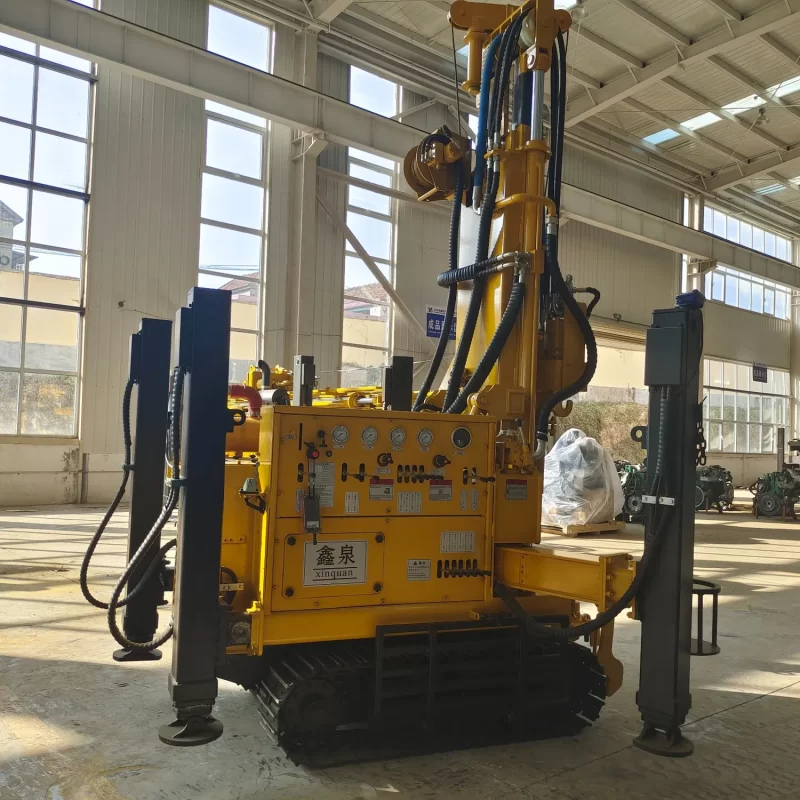Drilling Wells in rock strata: Challenges and Responses
In many regions, drilling through rock layers to access groundwater often poses challenges. While penetrating rock layers is difficult, proper technologies and strategies can ensure successful well completion.

Rock layers vary in hardness and characteristics. Byvoorbeeld, quartz sandstone is extremely hard, causing slow drilling progress, severe drill tool vibration, and excessive slag and cuttings. This may even lead to drill sticking accidents. Basalt formations, with developed micro-fractures and broken rocks, are prone to fluid loss during drilling.
Different rock layers require specific countermeasures. Before encountering gypsum layers, pre-treat the drilling fluid by reducing solid content and viscosity, adding anti-gypsum agents in advance, and increasing the pH value to enhance its resistance to gypsum contamination. When dealing with quicksand layers, increase the drilling fluid viscosity and bentonite content, add single seals to improve wall-building properties, reduce displacement appropriately to minimize erosion, and seal the well section with high-viscosity mud before tripping out.
Advanced equipment and technologies are key to rock layer drilling. For instance, using a composite drilling process that flexibly switches between roller cone bits and diamond bits according to different rock layers can significantly improve efficiency. Additionally, comprehensive geological surveys before drilling are essential. Only by fully understanding the characteristics of rock layers can a reasonable drilling plan be formulated to enhance the success rate and obtain high-quality groundwater resources.
 Bangxin-boortuig
Bangxin-boortuig